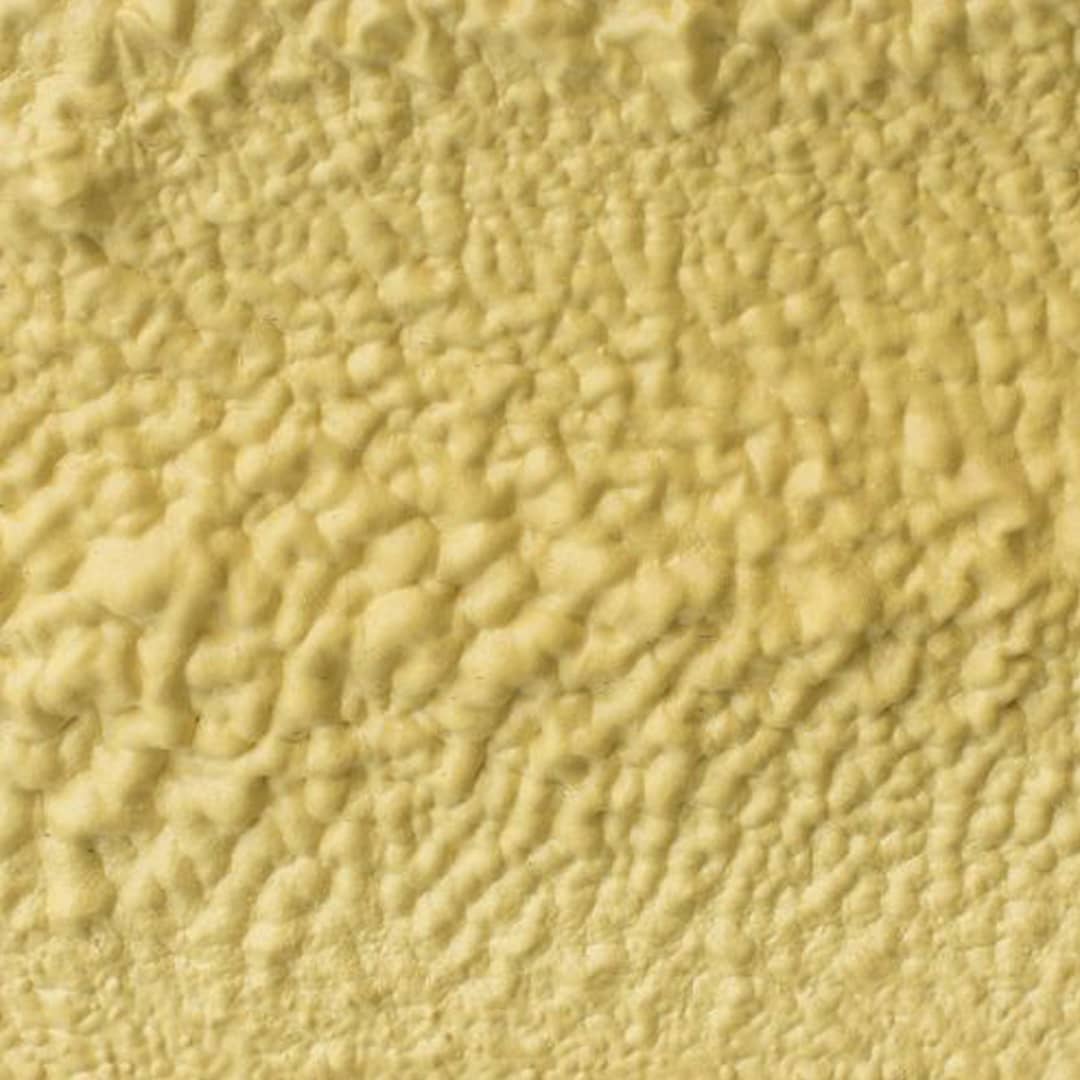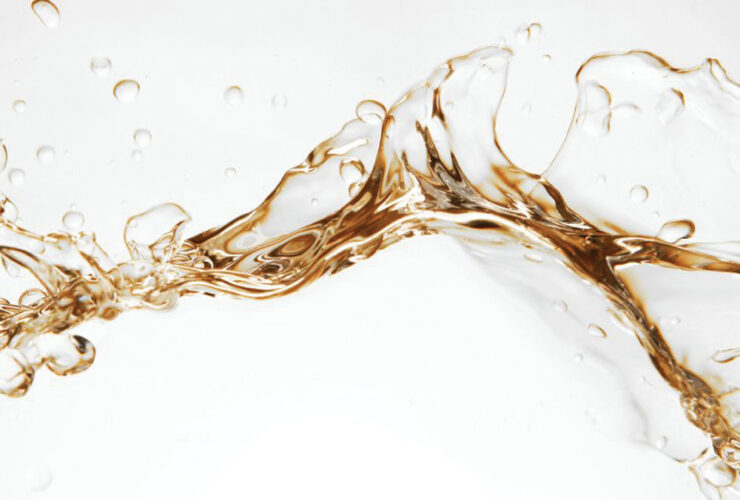The first ever urethane was fabricated in 1849. In those years, Wurtz and Hoffman revealed a reaction involving isocyanate and hydroxyl compound. In 1937, Dr. Otto Bayer adapted this reaction to a commercial use. Before this period, nylon, which had been preferred to be used in the industrial world, had gradually been replaced with polyester-based urethane polymers. Upon the start of the Second World War, the decrease in the use of main materials such as rubber due to the limited resources has allowed the development of polyurethane materials for fibers, foams and coatings.
Polyurethanes, which are used in the production of many products in our living spaces today and constitute one of the most important polymer classes, are classified in the polymer group that contains diisocyanate and diol groups in their structures in various proportions and combinations. The reason why polyurethane is the most preferred material in the polymer group is that it is obtained from liquid monomers using a laborless process with low energy requirement. It also forms a common product group, from soft, linear elastomers to rigid thermoset foams.
The polyurethane is formed by reacting a poliol with a diisocyanate in the presence of suitable catalysts and additives.
- Component A: Poliol
- Component B: Isocyanate:
Poliol
It is a mixture of polyether or polyester-based poliols and catalyst, silicone, colorant, blowing agent and other chemicals in appropriate proportions. These mixtures contain free hydroxyl (OH) in their structure.
Isocyanate
They are chemicals that react exothermically with the polio Isocyanates are recognized and named based on the number of NCOs they contain.
What is Polyurethane (PU) Foam, Why Is It Used?
Polyurethane foam is obtained by mixing the polyurethane systems at a certain rate. This material is used to provide high heat, sound or water insulation.
What are the Polyurethane Foam Types?
There are many different types of polyurethane foams based on their properties such as hardness, flexibility and surface texture. It can be produced in desired forms and sizes, which has made it a very common application. Polyurethane foams are structurally divided into rigid polyurethane foams, flexible polyurethane foams, semi-rigid polyurethane foams, elastomer polyurethane foams.
What is the Difference Between Flexible Polyurethane Foam and Rigid Polyurethane Foam?
Flexible polyurethane (PUR) foams are open-cell, chemically or physically foamed copolymers formed by diisocyanate containing two or more -NCO groups and poliols containing two or more -OH groups linked by urethane groups. They can also be defined as open-cell polyurethane foams with limited stretching and reshaping properties. In addition to being very comfortable, flexible polyurethane foams are light and strong. They are used in many different industries, especially bed, furniture and automotive sectors.
Rigid polyurethane foams have a much lower thermal conductivity coefficient (lambda) value than other insulation materials such as wood, rock wool and polystyrene, thanks to their high closed cell content and the insulation gases they contain. Therefore, the thermal insulation by rigid polyurethane foams is much higher than other insulation materials. It is used in many different industries, from thermal insulation of buildings, heaters and coolers to the production of wood imitation products for decorative purposes.
In Which Industries Is Polyurethane Used?
A wide variety of diisocyanates and poliols can be used in the production of polyurethane, which allows for a wide range of products to meet the requirementes of specific applications in many different industries. In addition, it can be physically processed and shaped easily and has a rigid and flexible structure, allowing it to be used commonly in industrial areas.
Polyurethane foams have a low coefficient of thermal conductivity. Therefore, polyurethane foams provide an excellent insulation. It is preferred more frequently than conventional products as an insulation material in many sectors, including preservation of foodstuffs in the refrigeration industry, energy and heat consumption in buildings.
The main reason why polyurethane material is preferred more than conventional products is that products with very different properties, in different forms and sizes can be obtained through changes in the raw materials and ratios used.
- Footwear
Polyurethane is highly preferred in the footwear industry as it meets the main criteria in sole, slipper and insole production with its features such as comfort, flexibility, durability and lightness. It is used in a wide range of areas, from the production of low density slipper soles to the production of worker shoe soles that require high flexibility and durability.
- Construction and Insulation
Polyurethane is mostly used to provide thermal insulation in buildings. Thanks to its thermal insulation and airtightness, it traps the heat in the environment. For this purpose, it is produced as sheet, sandwich panel and pipe sections or used as spray polyurethane foams in the constructions. Polyurethane foam ensures energy savings adds high insulation performance to buildings with its low conductivity.
Polyurethane ensures fire prevention. Based on the new European norms, it is a product that is classified as E (almost non-flammable material) fire class. This also increases the fire resistance of buildings. In addition, polyurethane is used as coating, protection, adhesive and filling materials in buildings. Therefore, it is possible to use polyurethane-based materials in almost every part of a building, from the foundation to the roof.
- Furniture
Polyurethane is commonly preferred in the furniture industry due to its long-lasting, easy to shape, dye affinity, lightness and ease of application.
HR (High Resilience) polyurethane foams from the flexible polyurethane foam family are used in the production of office chairs, visco polyurethane foams are used in the production of mattresses and pillows, and rigid polyurethane foams are used in the production of wood imitation decoration products in the furniture industry.
- Automotive Industry
The most important reasons why polyurethane has an increasing share in the automotive industry are its low-cost production and assembly, light weight, resistance to impacts, ability to produce different properties based on the application area, flexibility and corrosion resistance. Integral polyurethane foams, especially from the polyurethane foam family, are used in the production of automobile parts such as steering wheels, armrests, consoles and bumpers. In addition, flexible polyurethane foams are frequently used in automotive sound insulation and HR foam systems from the same group are frequently used in the production of automotive seats. The sealing property of polyurethane allows it to be used as a sealing material in the production of cable sheaths.
- Heating and Cooling Industry
In the heating industry, polyurethane is used to ensure thermal insulation in boilers and solar panel, while, in the cooling sector it is used in industrial and household type coolers (refrigerators), cold rooms and refrigerator trucks. Rigid polyurethane foams maintain the desired temperature in these products with their insulation properties thanks to their low thermal conductivity, reducing the energy consumption and providing high efficiency.
- Aircraft Industry
Polyurethane is used in many areas in aircraft. Flexible polyurethane foams are used in the production of aircraft seats, providing passengers with a comfortable travel experience. Thanks to their high abrasion resistance, polyurethane coatings are used in aircraft cabin walls, ceilings, upper compartments and toilets. In addition, polyurethane foams are also preferred as sealing material in airplanes.
- Defense Industry
Military materials are expected to be able to withstand harsh conditions for a long time. Durability, comfort and high performance are very important for these materials.
Thanks to their lightness, high abrasion resistance and flexibility, polyurethane foams are commonly used in the production of products such as impact pads, tactical helmets, and soles for combat boots in the defense industry.
- Medical Products
Polyurethane is preferred in the production of medical parts due to its many advantages such as high flexibility, high comfort coefficient, adjustable hardness range, and long service life. Polyurethane provides ergonomic properties to many medical products with its ability to return to its original shape (resilient).
- Packaging Technology
Polyurethane foam is also used in packaging production, thanks to its flexibility and lightness. Companies that produce small, light or impact sensitive products mostly prefer the use of polyurethane foam in the packaging of their products. Polyurethane foam is used in the packaging of many fragile parts in the electronics and automotive industries. One of the reasons why polyurethane foam is preferred in the packaging industry is that it can be produced in the dimensions and hardness needed based on the size and type of products to be packaged.
- Navigation
Polyurethane foam is used to ensure thermal insulation in ships, boats and yacht engines. Polyurethane coatings, rubber binders, rigid polyurethane foams are used for this purpose. Thanks to the high mechanical and high resistance properties of polyurethane, the hull of the boat is protected from water, weather conditions, corrosion and other factors that affect hydrodynamics and reduce the life of the boat. Polyurethane is also used in boats to provide sound insulation, reducing the noise to a minimum level.








